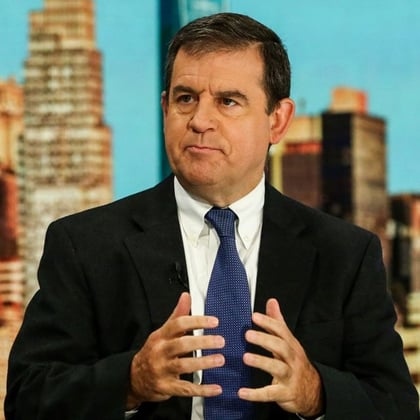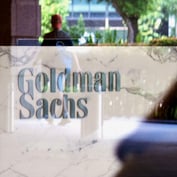Market volatility will remain high through the second half of this year, predicts Bob Doll, Crossmark Global Investments chief investment officer.
But Doll still doesn’t expect a recession will happen in 2022. If it does happen, 2023 is more likely, he says.
Meanwhile, Doll, who joined the faith-based investment firm a year ago, sees the largest risk for investors as earnings reports by the companies they are invested in, noting he expects mixed results.
In a phone interview, we asked Doll a few questions about the state of the current market and where he thinks it’s headed.
1. What’s your view on where volatility is headed in Q3 & Q4 and why?
My view is volatility is going to stay high. But I think it’s going to be a bit more mixed in both directions as opposed to up one step, down four steps, up one step, down four steps. So I think we’re going to be in a choppy, sidewise period.
Why volatility? Extraordinary amounts of uncertainty: monetary policy, fiscal policy, foreign policy, earnings uncertainty. So I think that just keeps volatility high. And bear markets tend to be more volatile than bull markets.
2. What are the greatest risks and opportunities for investors in this environment and why?
I think the biggest risk at the moment is earnings. I think we’ve moved from a P/E downward move in the market of significant proportions to one where P/Es are not going to be the story.
The story from here is going to be how do earnings come through. And I think the answer’s going to be mixed. Analysts have kept their numbers firm, even as economic activity and estimates have weakened.
I think the biggest opportunity is, if inflation does show signs of peaking, I think the market will breathe a sigh of relief, both bonds and stocks. And I think the probability of that is reasonably good.
The first half of this year, we have a massive headwind on valuations, a modest tailwind on earnings.
I think the second half it’s going to be a modest headwind on earnings and valuations … a sideways kind of thing. It’s going to go up a little, go down a little, depending on inflation. If we get some relief on inflation, we can get a point or two of P/E back as earnings challenge.
3. What chance of a recession do you think there is today and why, and to what extent has the (equity) market already discounted a recession?
I’ll use numbers as if I have any clue or any precision. My view coming into the two weeks, almost three weeks ago, inflation number: disappointment. Coming into that was 30% as a result of that bad print on that Friday. I raised it to 40, still indicating I think it’s less than 50% in calendar 2022.
I think [a recession is] more likely in 2023. I do think at the recent low, the stock market was discounting, I don’t know, 70, 80% chance of recession. Some of that’s come out with this, what are we up? Seven, eight percent from the low of two Fridays ago. So I think there’s more recession in the market. At least the P/Es, we’ll see about earnings.
4. Do you think the markets are oversold, and where do you see the major indexes ending 2022 (Dow, S&P, Nasdaq) and why?









 June 30, 2022 at 03:50 PM
June 30, 2022 at 03:50 PM











